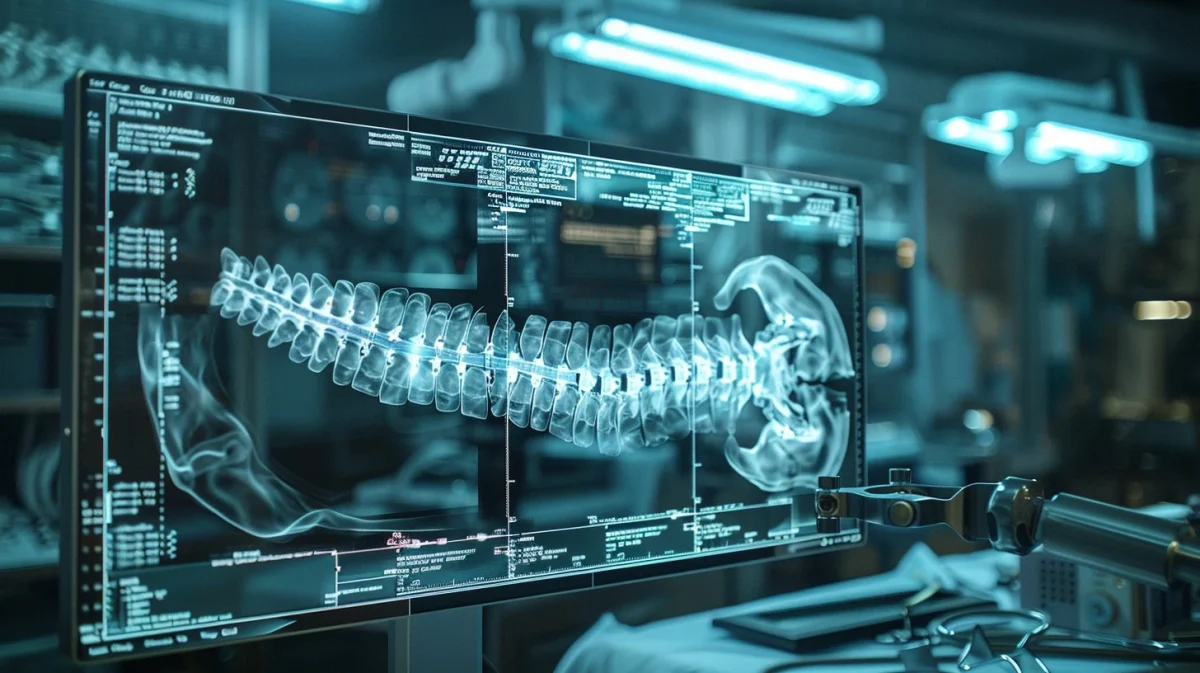Scientists have recently developed a new therapy for Timothy’s syndrome, a rare and severe genetic disorder that affects the brain and heart. The therapy is based on antisense oligonucleotides (ASOs), a type of synthetic genetic material that can modify how genes are expressed. This research was published in Nature magazine in April 2024 and represents significant progress in treating disorders that were previously thought untreatable.
Timothy Syndrome type 1 (TS1) is caused by a mutation in exon 8A of the CACNA1C gene, which codes for the CaV1.2 calcium channel. The CaV1.2 channel helps control how calcium enters cells, especially in the heart and brain. Calcium is essential for sending signals between brain cells (neurons) and maintaining a proper heartbeat. Exon 8A causes the calcium channel to stay open for too long, leading to excess calcium entering the cells. This over-stimulates neurons and hampers their development and communication. The abnormal calcium flow also contributes to epilepsy, autism, and heart arrhythmias (irregular heartbeats). TS1 is extremely rare, with fewer than one hundred documented cases worldwide. Normally, the body uses exon 8A early in development and then switches to exon 8; in TS1, exon 8A remains active when it should not. This causes neurons to continue producing overly active channels, disrupting brain signaling and eventually leading to symptoms of Timothy’s syndrome. Preventing the continued activity of exon 8A is important to help brain cells behave properly and regulate calcium channel function.
Researchers designed an ASO to alter RNA splicing in order to reduce the inclusion of the faulty exon 8A and promote the normal exon 8 in the CACNA1C gene. This corrects the splicing process without having to directly change the DNA sequence itself. The therapy was first tested on brain organoids—3D clusters of neurons grown from patient-derived induced pluripotent stem cells—which replicate the properties of TS1 in the lab. In these organoids, the ASO treatment corrected the abnormal calcium signaling in the neurons and restored more typical neuron behavior. In addition, the treatment also reversed various structural defects in the organoids, such as abnormal dendrite development and disrupted interneuron integration.
To further validate the effectiveness of the therapy, scientists transplanted these human organoids into newborn rats. The rats were then administered the ASO directly into their spinal fluid (via intrathecal injection). As in previous tests, the ASO reached the transplanted human neurons, corrected exon splicing, and restored healthy neuron function. Furthermore, this treatment lasted for a minimum of 90 days after a single dose, indicating the long-lasting benefits the ASO may offer.
The next concern of the therapy was its safety. Studies showed that the ASO did not cause any significant toxicity, immune responses, or abnormal genetic effects in human neurons. The total level of CaV1.2 protein remained stable, indicating that the treatment effectively corrected splicing without impairing overall protein function. These findings have the potential to be a breakthrough for ASO therapy beyond Timothy’s syndrome—especially for other psychiatric or neurological disorders linked to the CACNA1C gene, such as schizophrenia, bipolar disorder, and ADHD.
Although ASOs do not naturally travel from the blood to the brain, the study shows that intrathecal delivery is both a viable and effective method for reaching brain cells. The overwhelming success of this research supports the growing promise of ASOs as a new class of precision medicine for neurological conditions. The study also showcases the potential for future medical breakthroughs by combining stem cell–derived models with gene-targeting therapies to reverse complex brain abnormalities. For Timothy’s syndrome—and many others like it—this approach offers a direct treatment at the root of the problem, not just temporary symptom management.
































